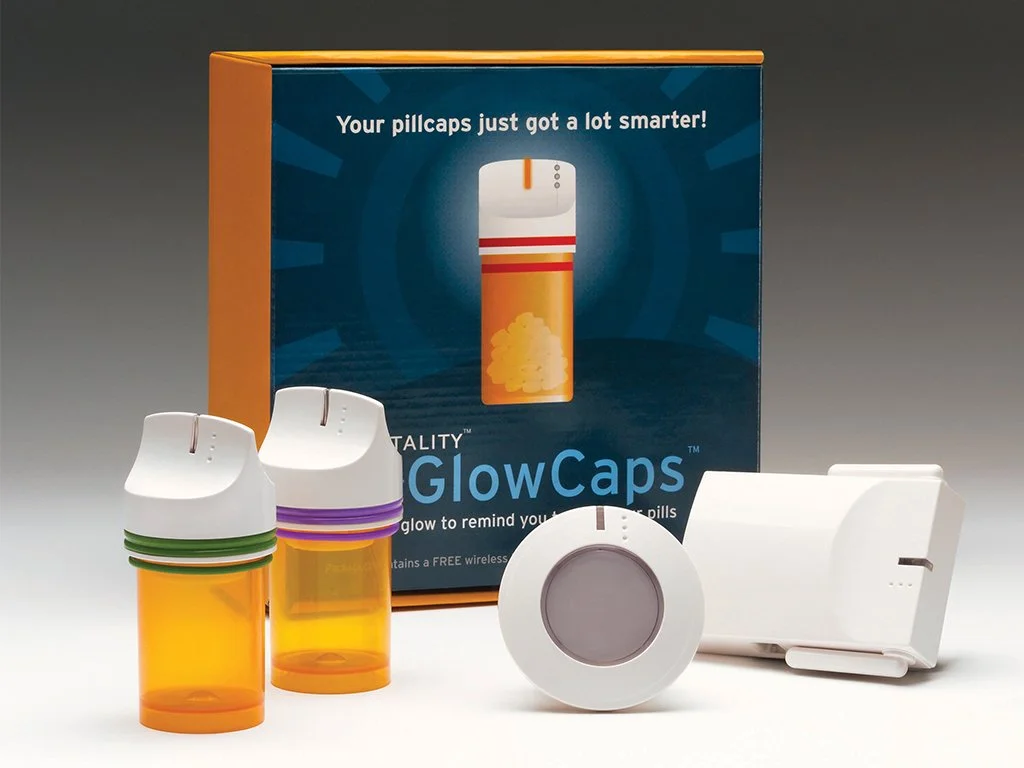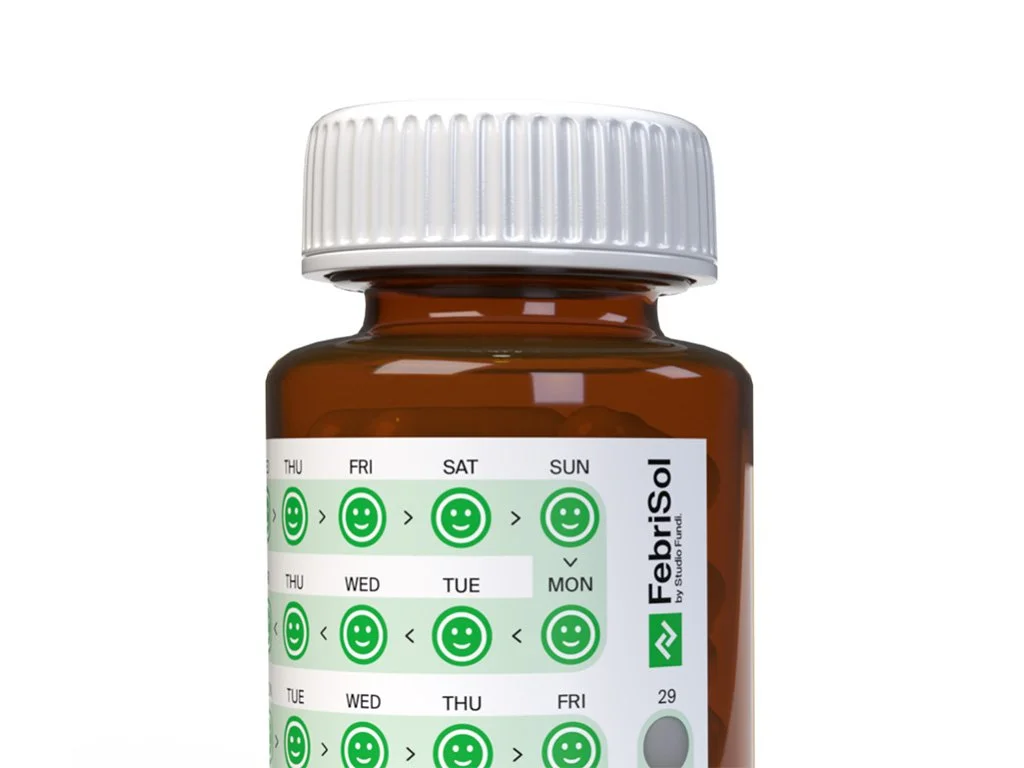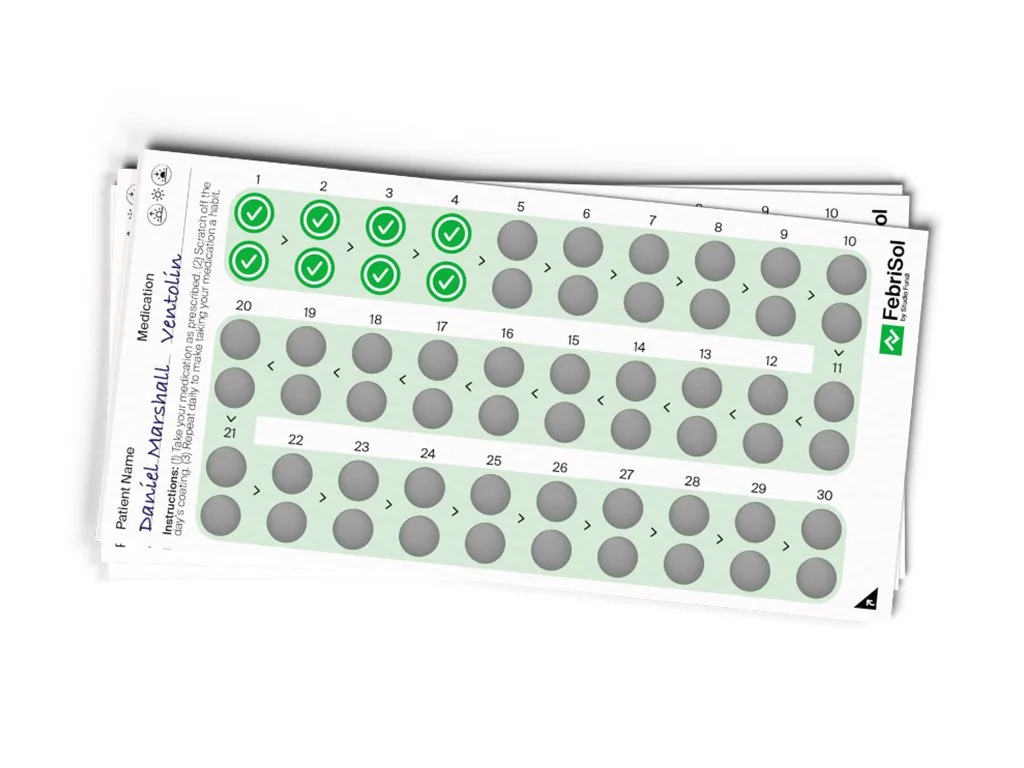FebriSol
Big changes start small: FebriSol makes it easy, affordable, and satisfying for patients to remember to take their medication.
TL;DR
Nearly half of all adults globally live with a chronic health condition, but adherence to daily medication is alarmingly low, often below 50%. This threatens health outcomes, increases mortality, and drives up healthcare costs.
While various tools exist to support adherence, most are too expensive, complex, or inaccessible to those in low-resource settings.
Through extensive research and design iterations, I created FebriSol: a scratch-card-style sticker that attaches to any medication packaging. Patients scratch off a dot after each dose, reinforcing daily adherence through a satisfying, visible interaction.
No apps. No instructions. No extra devices. Just a simple, self-explanatory tool that meets patients where they are, especially in contexts where conventional interventions fall short.
This work is important to me because…
Over 70% of the world’s 39.9 million people living with HIV are in sub-Saharan Africa. 20% live in South Africa, where I grew up.
Living through the height of the HIV epidemic showed me how difficult long-term treatment adherence can be, especially when tools are designed for high-income contexts.
I developed FebriSol to help close this gap by making adherence support accessible.
This work is important to you because…
This project demonstrates my ability to:
Apply behavioural design principles to improve public health outcomes.
Design for constraints—cost, infrastructure, and literacy—without compromising impact.
Balance user needs, simplicity, and real-world feasibility.
Translate research into clear, functional, and elegant interventions.
Scale a product from prototype to a patented, commercialised solution.
Notable Achievements:
Intellectual Property: FebriSol is patented in the United Kingdom, the United States of America, and South Africa.
Commercialisation: 750,000+ units sold internationally.
Academic Research: FebriSol is currently under formal evaluation by Indlela (Anova Health Institute's behavioural insights unit) to measure real-world impact. (Second trial pending)
Public Speaking: I have spoken about the design and development of FebriSol internationally, including at TEDx Goodenough College, HXD Boston, the Cambridge University Festival, and more.
Clients & Collaborators



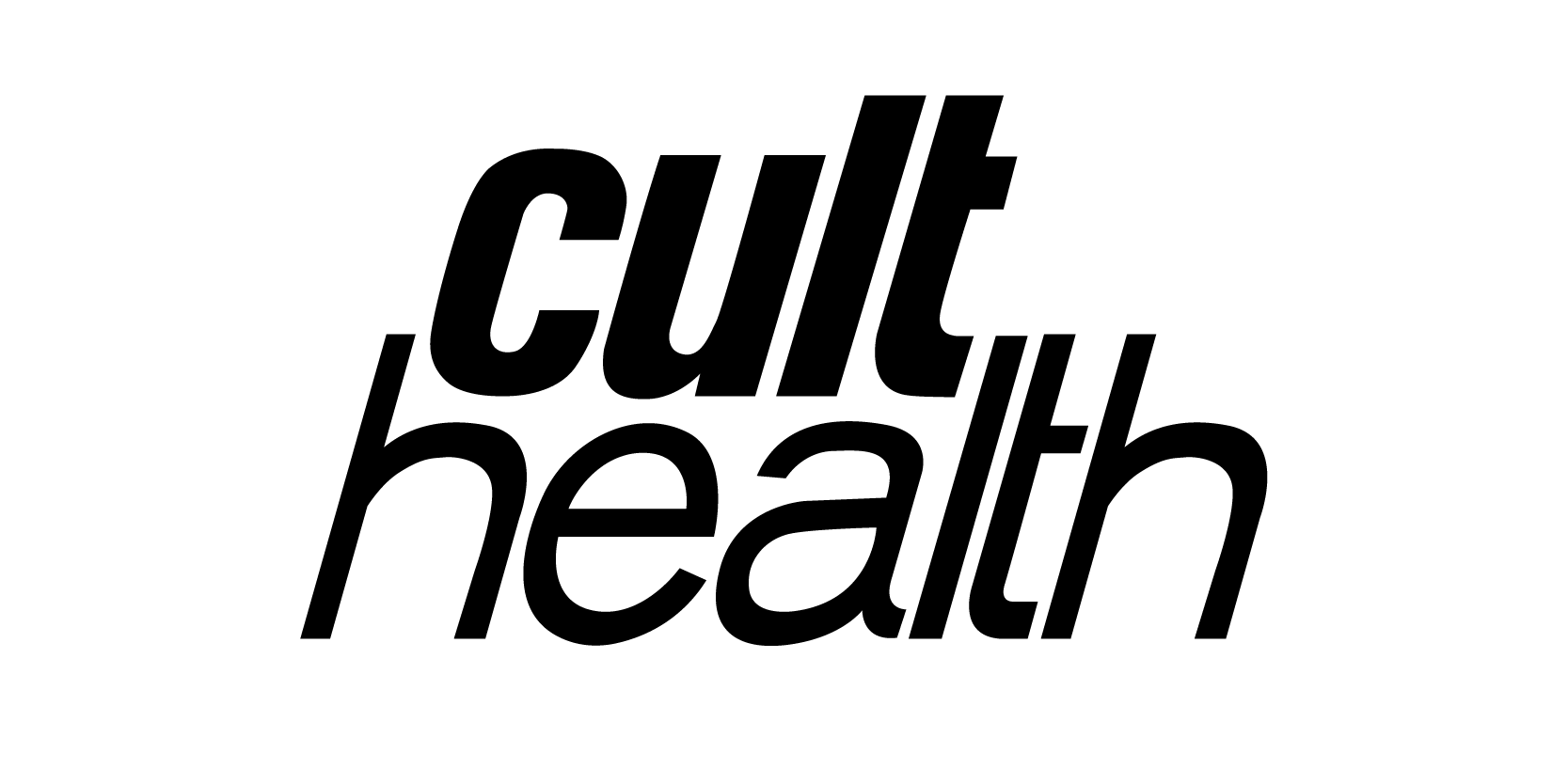

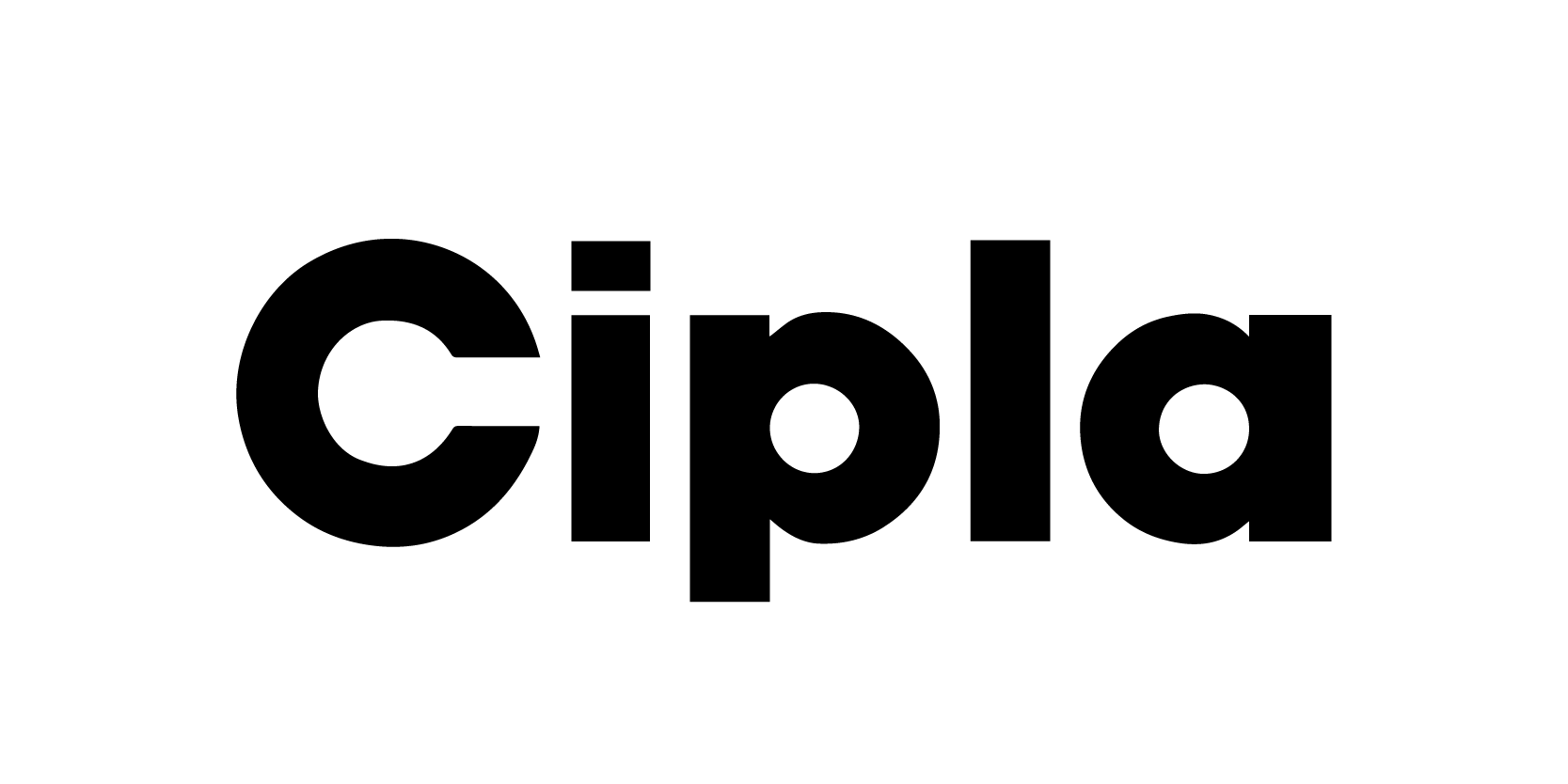

Got 12(ish) minutes? Want to hear me talk through the design of FebriSol?
Watch my TEDx Talk “Simple, not sexy. Designing for the Developing World.”
Long Form Case Study
Context
“Increasing the effectiveness of adherence interventions may have a far greater impact on the health of the population than any improvement in specific medical treatments.”
— WHO 2003 report on Treatment Adherence [SRC]
An HIV-positive diagnosis is no longer the death sentence it once was. Thanks to advances in antiretroviral therapy (ART), people living with HIV can now live long, healthy lives and eliminate the risk of transmission, so long as they adhere to a consistent daily treatment regimen. Despite the availability and efficacy of these treatments, medication adherence remains a persistent, global challenge.
This problem is not unique to the treatment of HIV. In both high-income and low-income settings, patients across a wide range of chronic conditions — HIV, diabetes, hypertension, mental health, hypercholesterolemia (etc.) — struggle to take their medication consistently.
Almost half of all adults worldwide have at least one chronic health condition. But, adherence to medication to treat these conditions is as low as 50% in high-income countries and even lower in lower-income countries [SRC].
Adherence is as much a behavioural issue as it is a medical one. It is shaped by habit, memory, stigma, health literacy, and access, not simply the affordability or availability of medication.
Poor treatment adherence also costs health systems billions in wasted medication, testing, hospitalisations, and disease management. It is estimated that poor adherence annually costs between $100 billion -$290 billion in the USA, €125 billion across Europe, and AU$ 7 billion in Australia [SRC].
Existing solutions tend to be high-tech and high-cost: smart pill bottles, automated text reminders, personalised blister packs. These tools are often inaccessible to the 70% of the world’s population living in low- and middle-income countries.
Even when they are technically available, they are often misaligned with the lived realities of the people they’re designed for. Innovation in global health has become synonymous with complexity, when what is most needed is simplicity, familiarity, and dignity.
Problem Statement
Is it possible to apply behavioural design principles to create a universally accessible intervention that supports daily medication adherence, without relying on smartphones, electricity, or high health literacy?
Research
Design Review
Research Insights
Adherence is a global issue, not a developing world problem
Although antiretroviral adherence is often framed as a problem unique to resource-scarce environments, the reality is far broader. Medication non-adherence affects patients across all socioeconomic settings and clinical contexts.
Whether it’s forgetting to take a statin in London or an ARV in rural KwaZulu-Natal, the behavioral challenge is the same: sustaining a daily habit over an indefinite period.
The World Health Organization estimates that in developed countries, adherence to long-term therapies averages only 50%. This has a direct impact on patient outcomes, healthcare costs, and public health risks. The scale of the issue demands global solutions, not just localised fixes.
Habit formation requires simplicity: cue, action, and reward
From behavioral science, we know that lasting behavior change hinges on habit formation. Habit formation can be achieved by implementing a ‘simple’ formula: cue → action → reward.
The most effective adherence interventions are not those that nag or monitor, but those that embed into patients’ existing routines, offer positive reinforcement, and minimise friction.
Research shows that visual progress tracking (like calendars or checklists) increases follow-through.
Even more effective are tools that gamify progress, reinforce success with visual or tactile feedback, and lower the barrier to action.
High-tech solutions are not always high-impact
While many adherence tools developed in high-income settings are innovative (e.g., smart pill bottles, mobile apps, automated dispensers), they tend to be expensive, complex, and infrastructure-dependent.
These products assume the user has a smartphone, reliable internet access, and a stable living situation. In reality, the majority of the world’s population does not.
Moreover, these tools often overemphasise surveillance (e.g., remote monitoring) and underemphasise empowerment.
Instead of encouraging habit-building or giving users a sense of control, they place the burden on external prompts, reducing long-term engagement.
Design constraints shape better solutions
I identified three core constraints:
Cost: Low-cost to manufacture and scalable through public health channels.
Literacy: Usable by people with limited reading ability or health literacy.
Access: Work without electricity, devices, or internet, and be integrated into the medication itself, and always be at hand.
These constraints pushed me toward a radically simple, analog approach. This opened the door to designing a product that was not only more accessible but also more intuitive and engaging than high-tech alternatives.
Ideation & Design
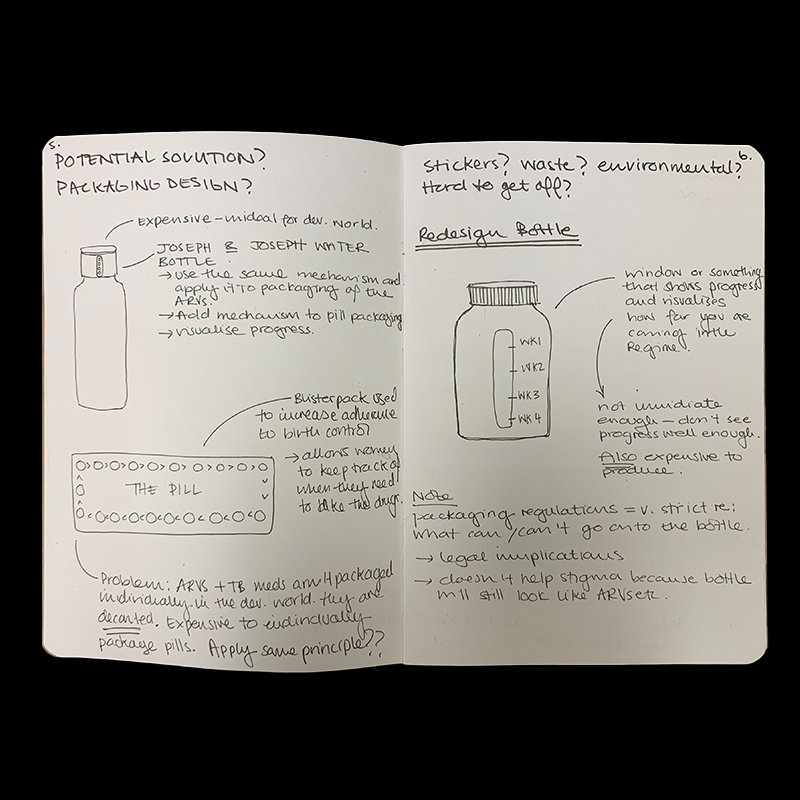
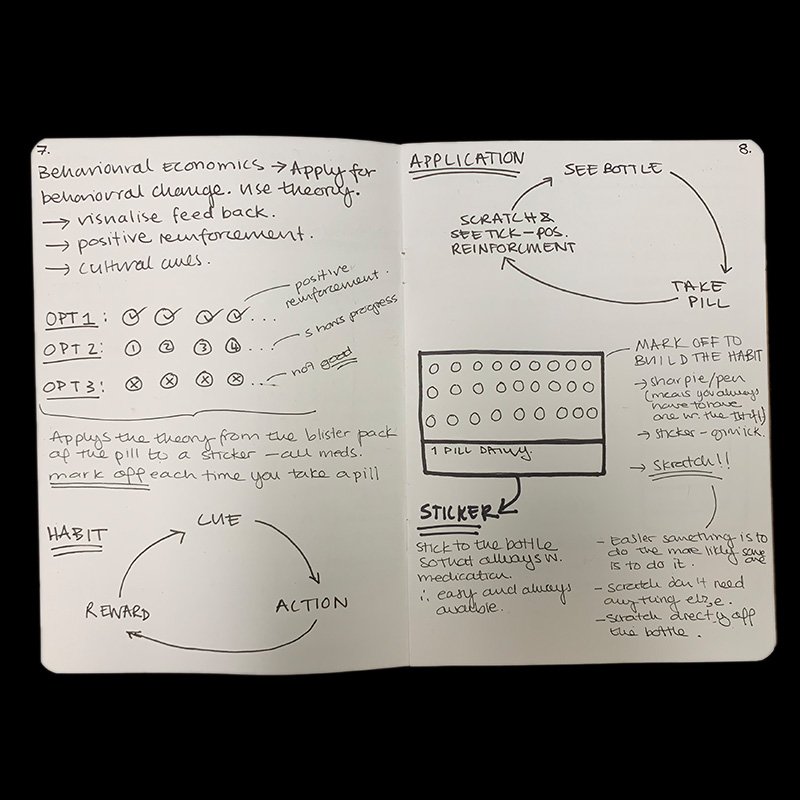

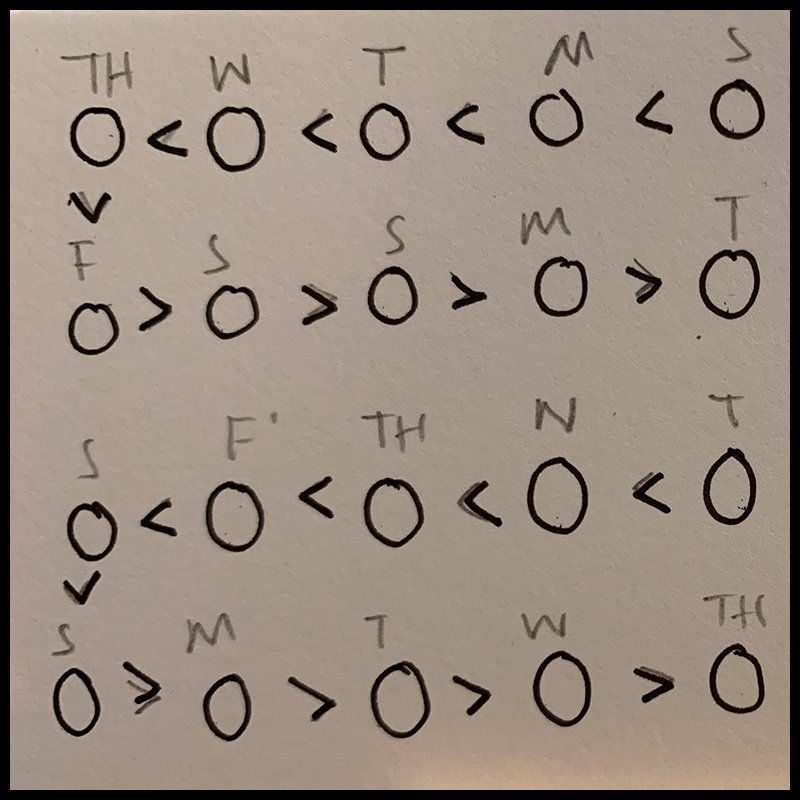

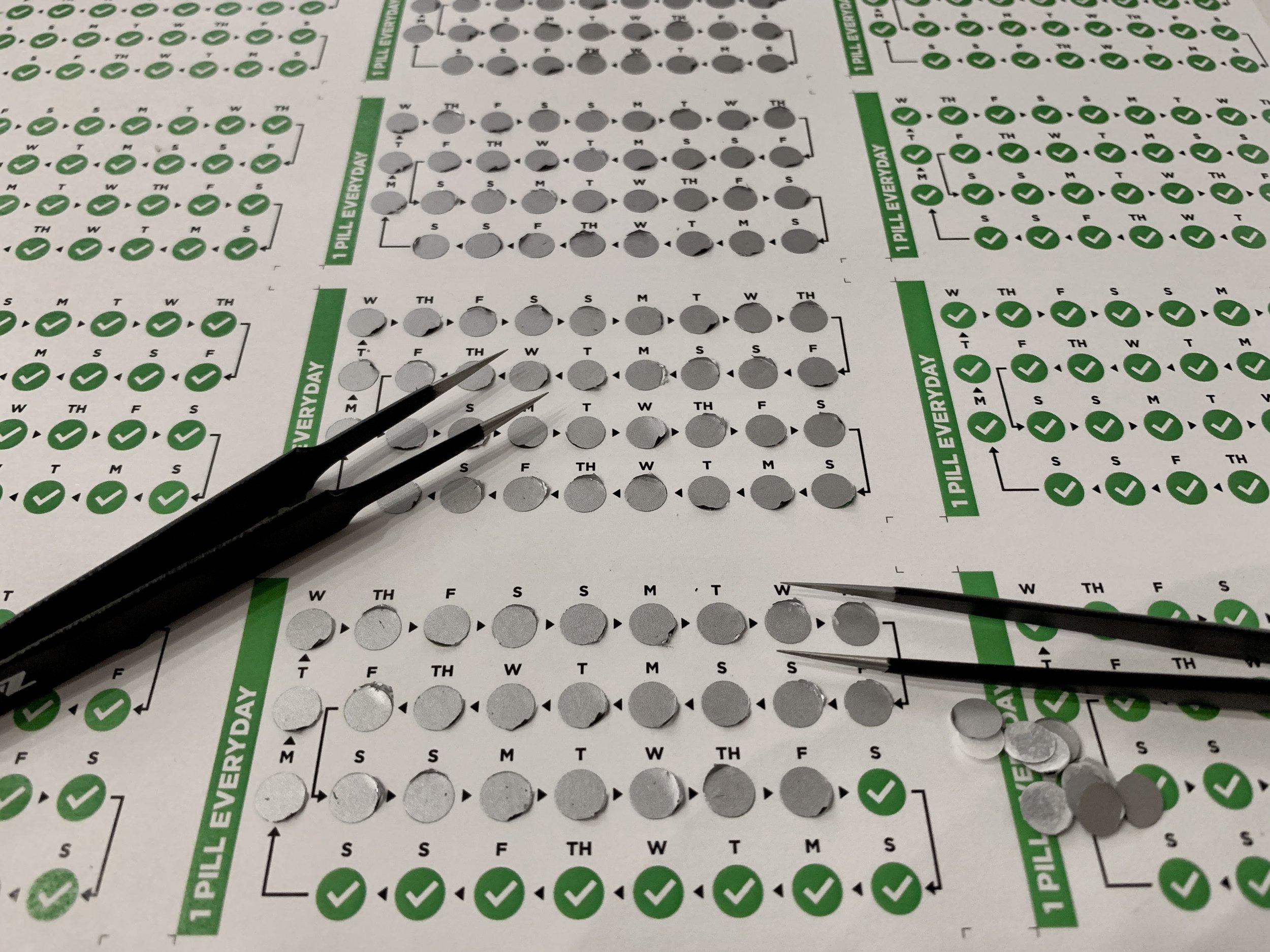
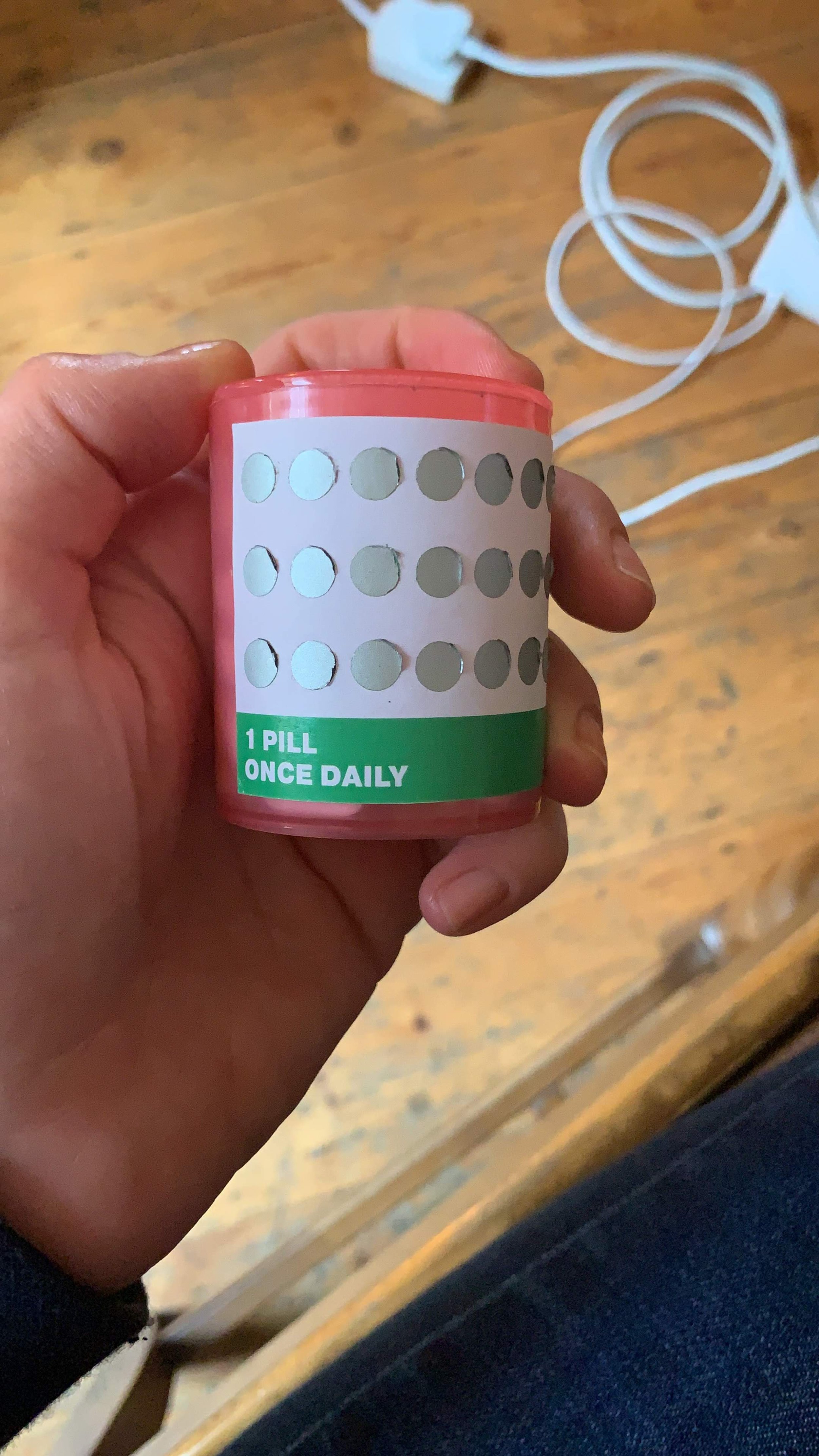
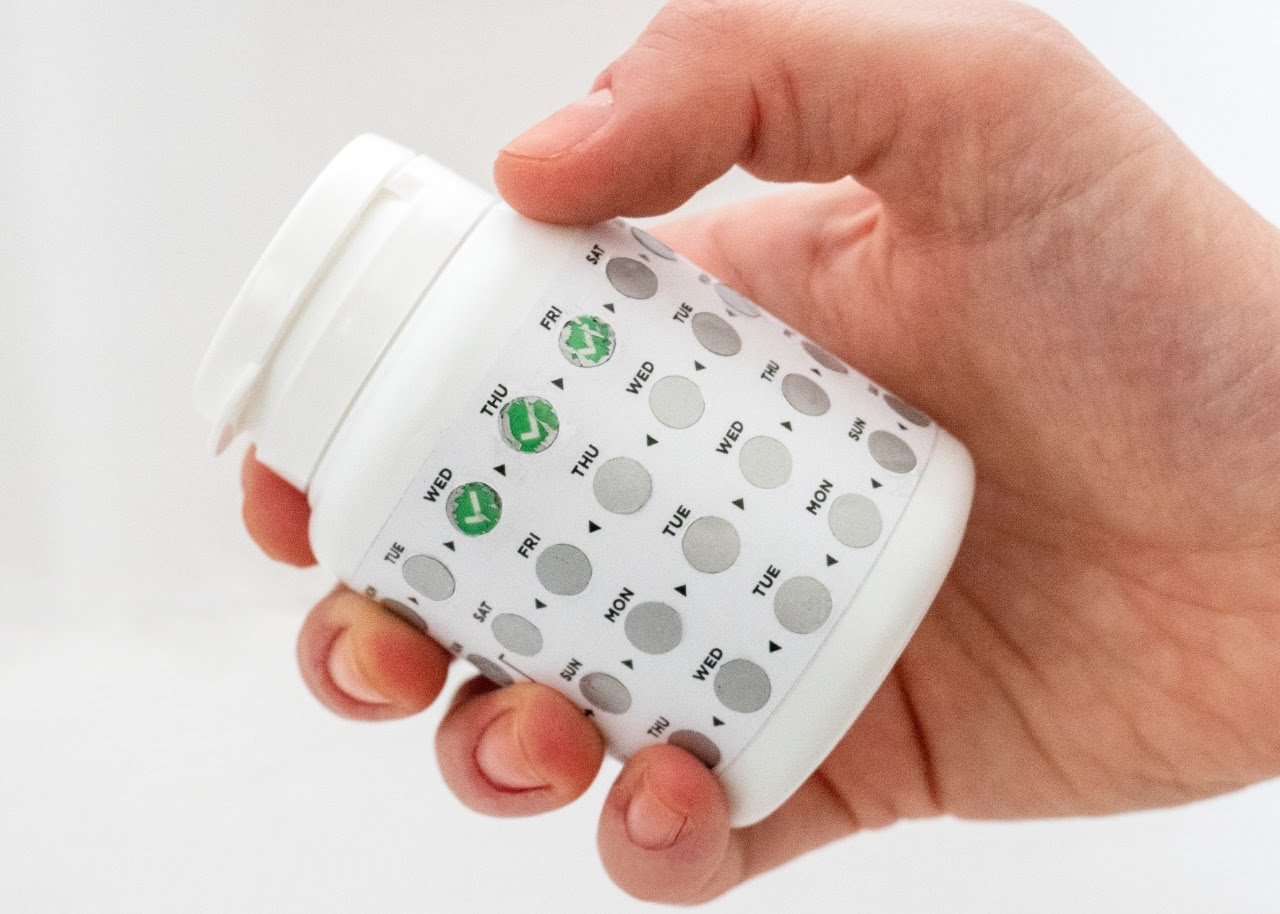

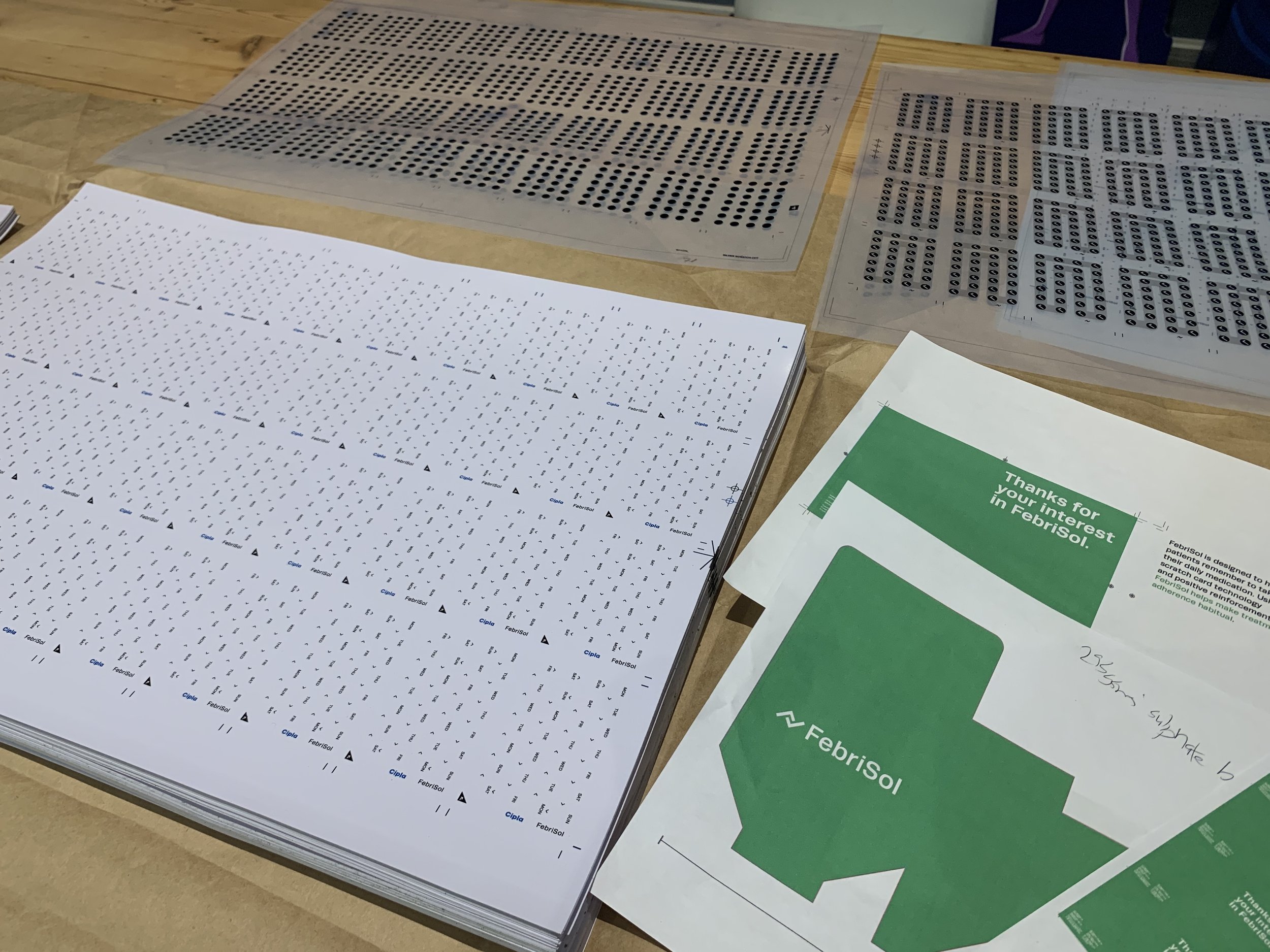
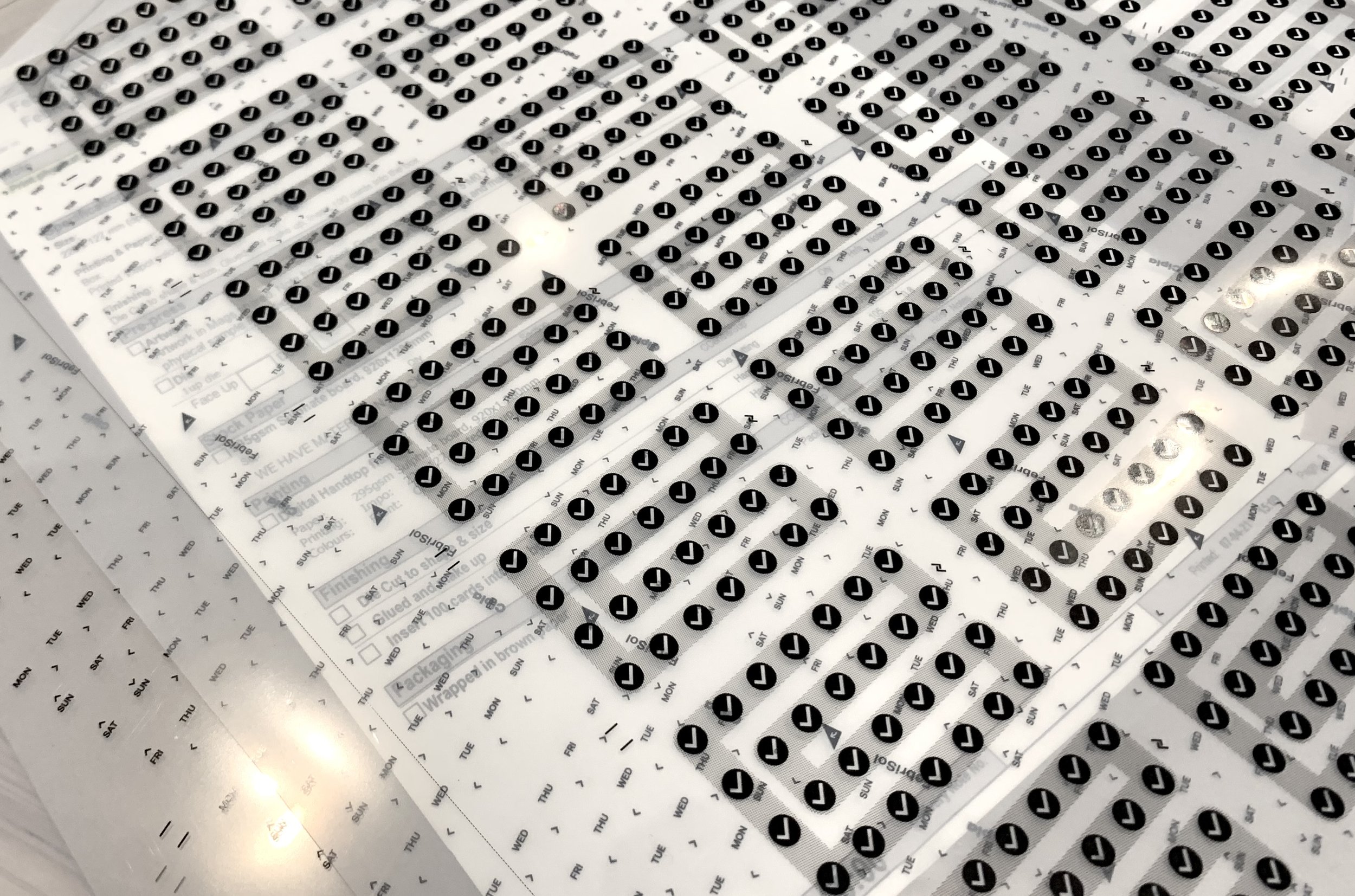

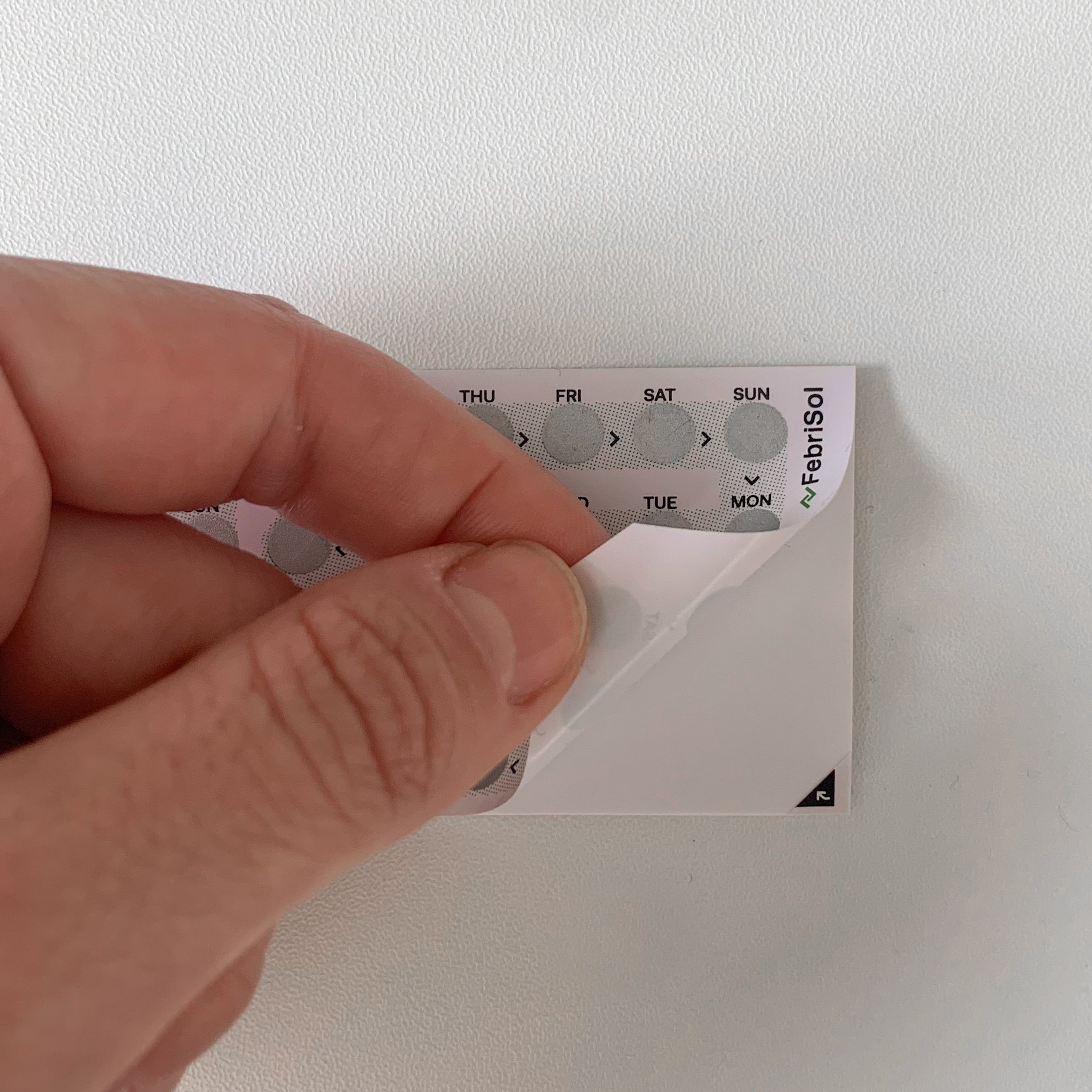

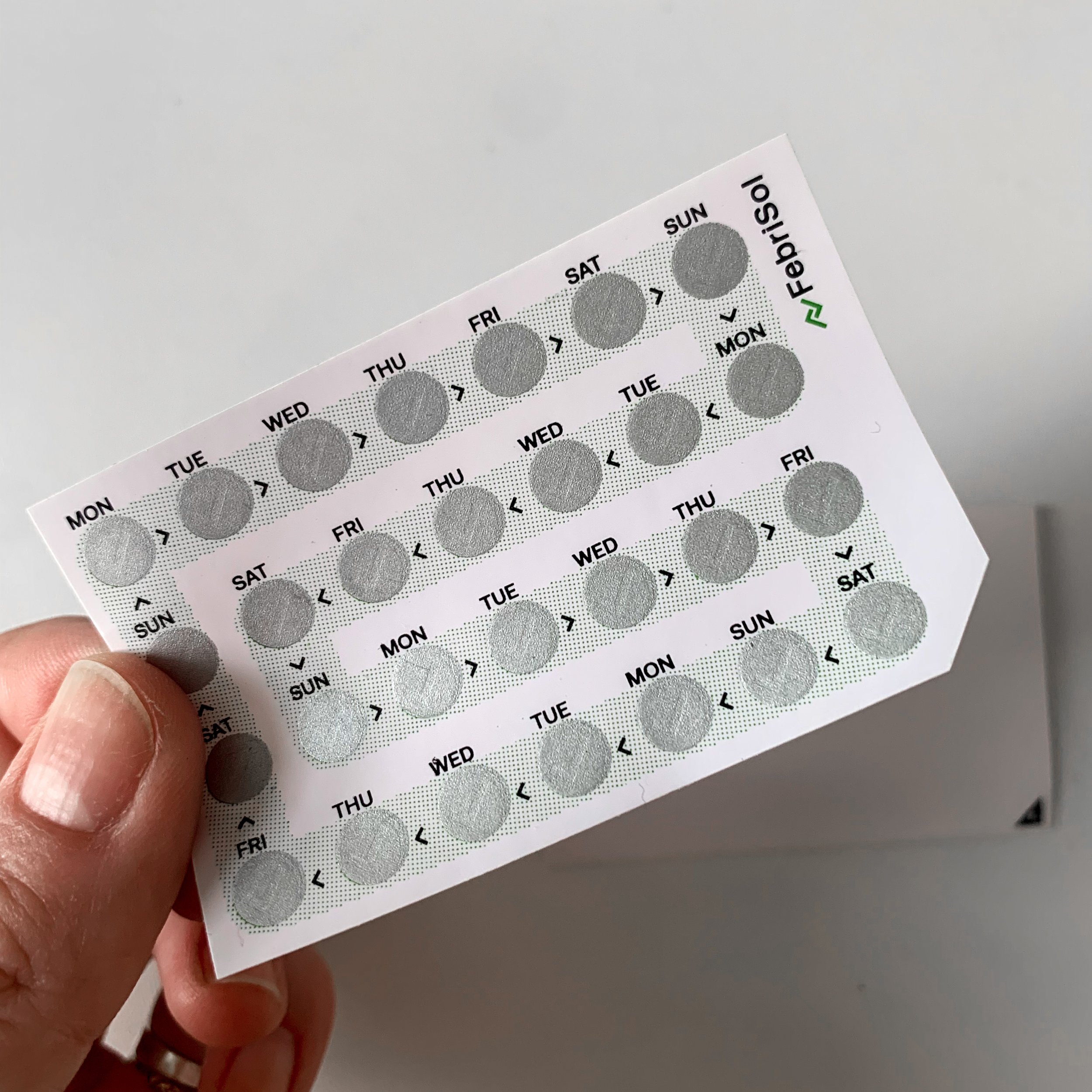
Solution: FebriSol
FebriSol
FebriSol is a low-cost, low-tech, and scalable medication tracking calendar designed to increase treatment adherence, particularly among patients living with chronic conditions such as HIV.
It is a calendar-style sticker that attaches directly to medication packaging, enabling patients to visually track whether they have taken their daily dose, with no need for digital devices, special tools, or training.
Inspired by the global familiarity of scratch cards, FebriSol uses a tactile, gamified approach to habit formation.
Each day of treatment is represented as a small scratch-off panel. After taking their medication, the patient simply scratches off the day’s panel to reveal a green tick—a symbol of completion and success. The interaction is simple, satisfying, and rooted in behaviours most users already understand.
Components:
Universal Design for All Literacy Levels
Designed with inclusivity in mind, FebriSol requires no reading ability or clinical knowledge.
The calendar uses universally recognised symbols and colour associations—such as green for positive reinforcement—to ensure it is legible and usable regardless of the user’s language, literacy level, or educational background.
Low Cost and Easy to Scale
FebriSol was built within strict constraints: cheap, scalable, and accessible.
These properties make FebriSol suitable not only for resource-limited settings but also for public health systems in higher-income countries seeking affordable adherence tools.
Embedded into the User’s Routine
Rather than asking users to adopt new devices or workflows, FebriSol embeds itself into a routine that already exists: the daily act of taking medication.
Because the calendar is physically attached to the medication, it travels with the user, reinforces consistency, and serves as a persistent visual cue.
Modular, Adaptable, and Medication-Agnostic
Though initially designed for HIV treatment, FebriSol is medication-agnostic and can be adapted for many other chronic conditions.
The modular nature of the calendar allows it to be tailored to weekly, monthly, or even short-term treatment regimens (e.g. antibiotics), making it flexible enough for wide-scale adoption across therapeutic areas.
Initial Feedback

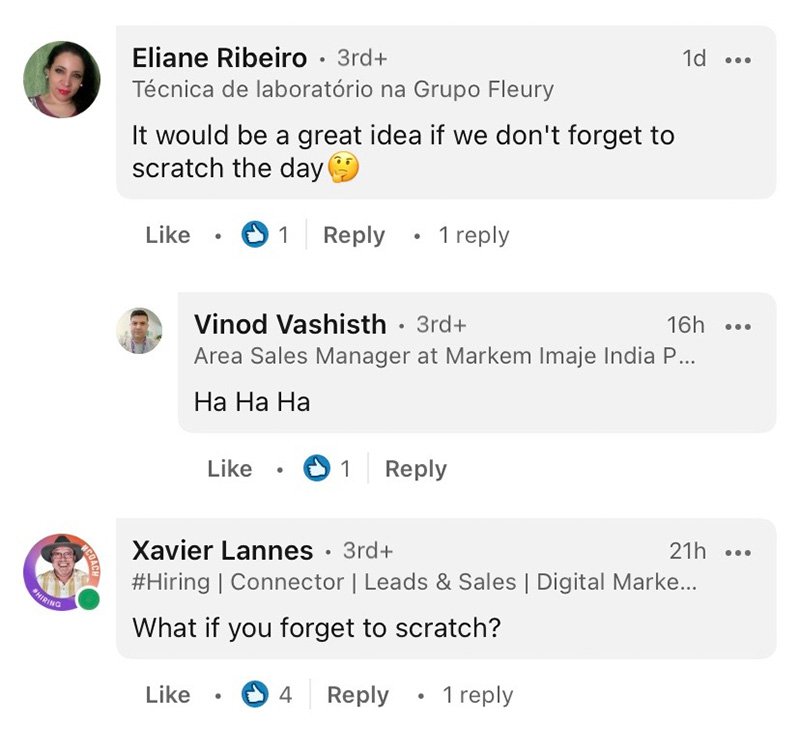

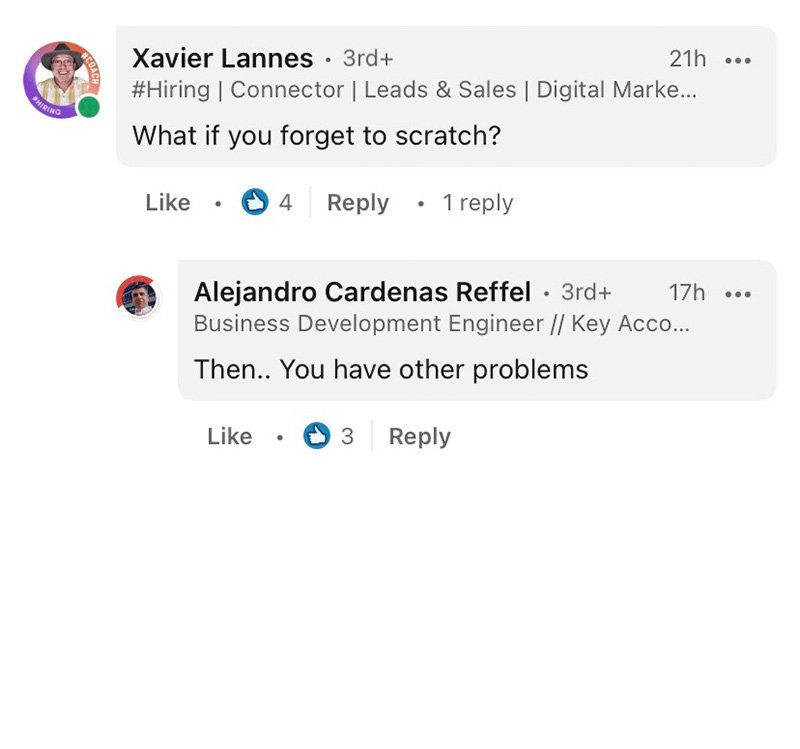


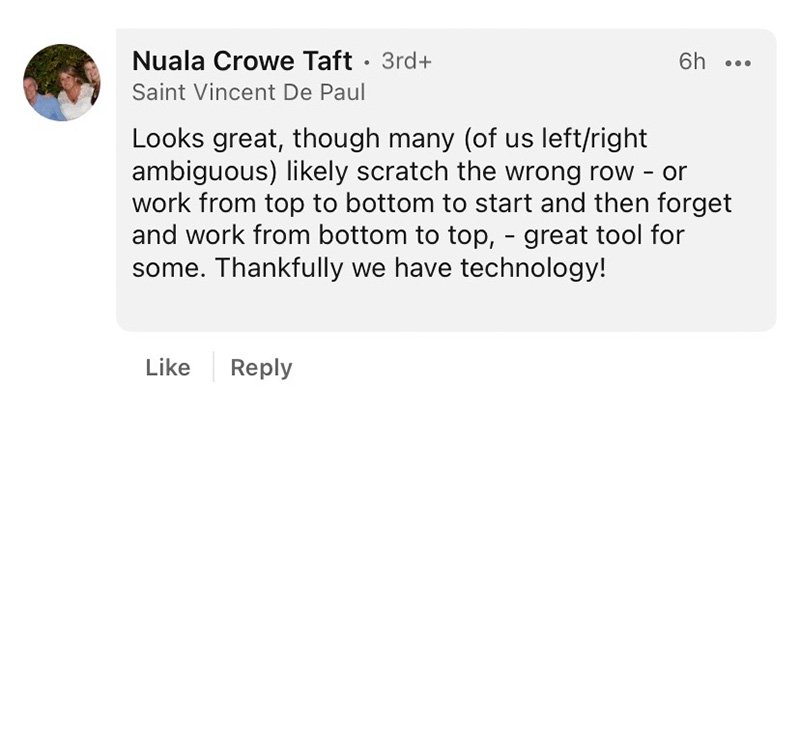

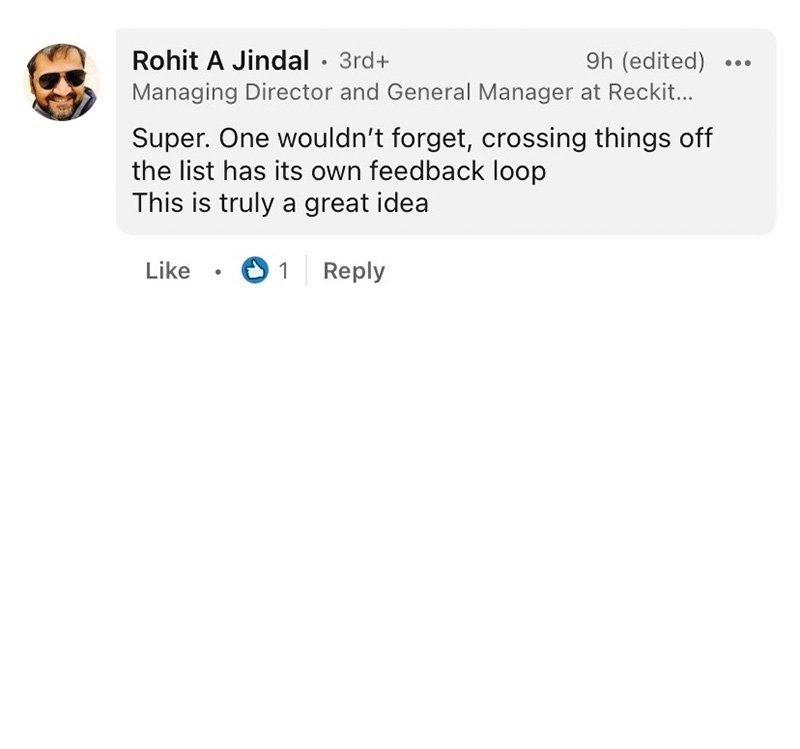
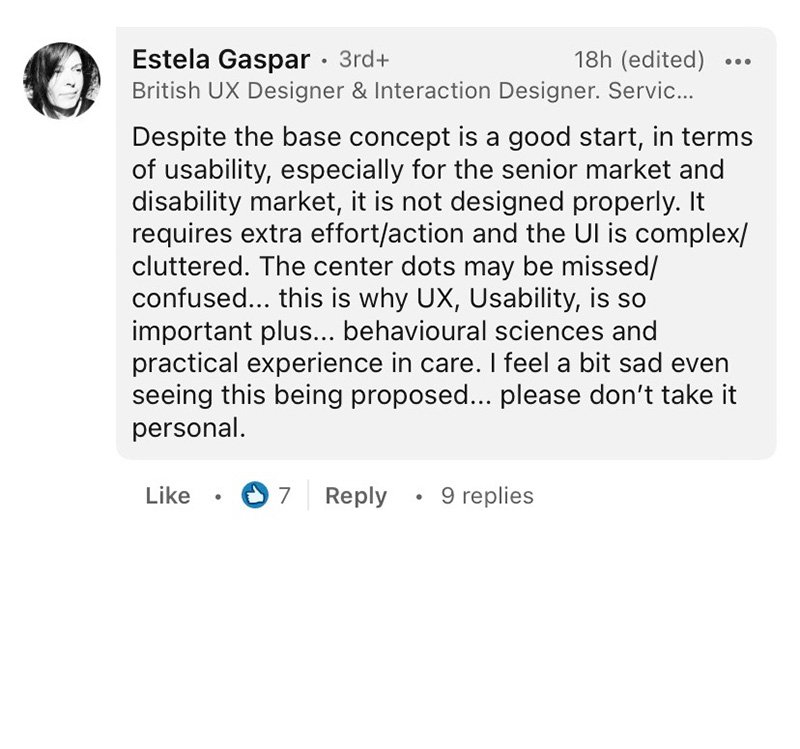




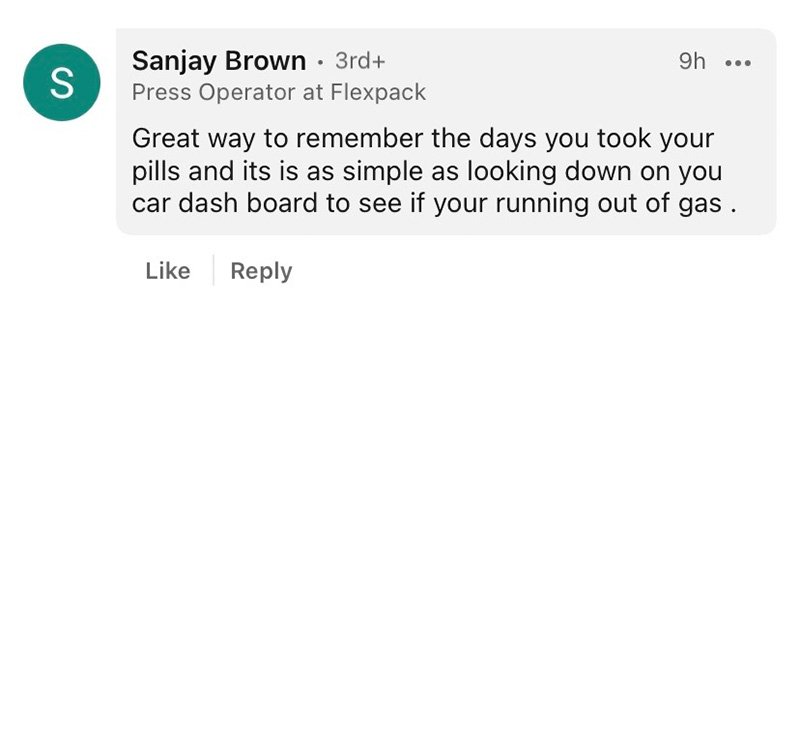
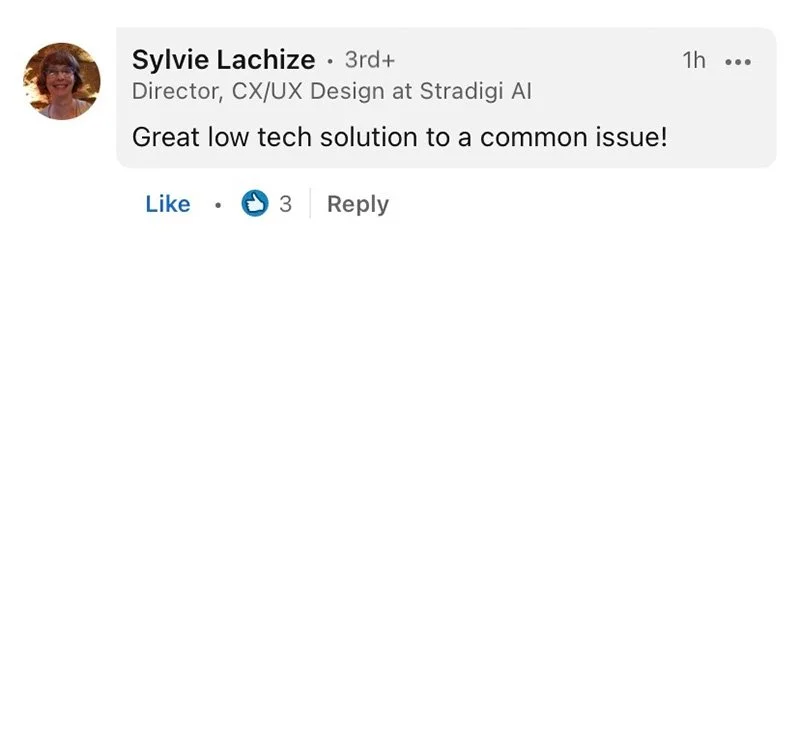

Behavioural Science Behind FebriSol
FebriSol is grounded in behavioural science principles that address the core psychological and environmental barriers to long-term treatment adherence. Instead of relying on top-down monitoring or complex technology, FebriSol leverages simple, proven mechanisms to support habit formation and intrinsic motivation.
-
Chronic medication adherence is ultimately about building habits. According to behavioural science, a habit loop consists of three key components: cue, action, and reward.
Cue: By attaching the FebriSol calendar sticker directly to the medication packaging, the presence of the calendar becomes a visual prompt, a daily cue to take the medication.
Action: The patient takes their medication and scratches off the corresponding day on the calendar.
Reward: The scratch-off coating reveals a green tick—a universally recognised symbol of achievement. This immediate positive feedback reinforces the behaviour and supports the development of a habit over time.
-
Behavioural economics teaches us that positive reinforcement is more effective than punishment in encouraging sustained behaviour change.
The scratch-card mechanic introduces a subtle element of gamification, a low-stakes ritual that adds a sense of completion and control.
Scratching off a surface is associated with playfulness and anticipation.
Revealing a green tick gives the user a sense of progress, a known motivator in habit-forming products and behaviour change interventions.
-
Research shows that reducing friction and cognitive load dramatically increases adherence. FebriSol is designed to be:
Low-tech: No devices, batteries, or instructions needed.
Familiar: Inspired by widely understood scratch cards, the format is intuitive even for users with limited health literacy.
Effortless: No additional tools (pens, apps, refill setups) are required—scratching can be done with a fingernail.
By eliminating common points of failure in higher-tech or more demanding interventions, FebriSol reduces the effort required to engage, making the behaviour easier to start and sustain.
-
Studies in self-regulation consistently highlight the importance of visible progress tracking. FebriSol transforms a private, abstract act into a visible sequence of achievements:
Patients can instantly see how consistently they’ve taken their medication.
This acts as a motivational mirror, helping users remain accountable without shame or external surveillance.
-
Many adherence interventions adopt a surveillance model; reminders, alerts, and real-time tracking. FebriSol instead embraces autonomy-supportive design:
The user is in control.
The feedback is personal, not shared or judged.
It respects the patient’s privacy and decision-making power, which is critical for long-term engagement, especially in stigmatised conditions like HIV.
Patient Feedback:
Habit Formation
The physical action of scratching provides immediate positive reinforcement and helps integrate medication-taking into their daily routine.
Accountability
Users valued the ability to visualise their medication history, which created accountability and helped them identify patterns in their behaviour.
Positive Reinforcement
The green checkmark provided emotional satisfaction and positive reinforcement that motivated continued use.
Variations Include:
As Seen On



















